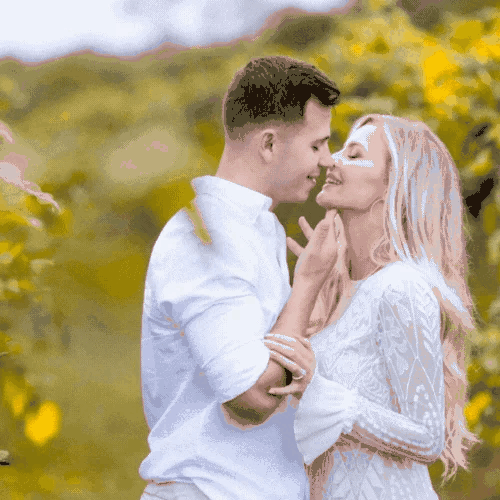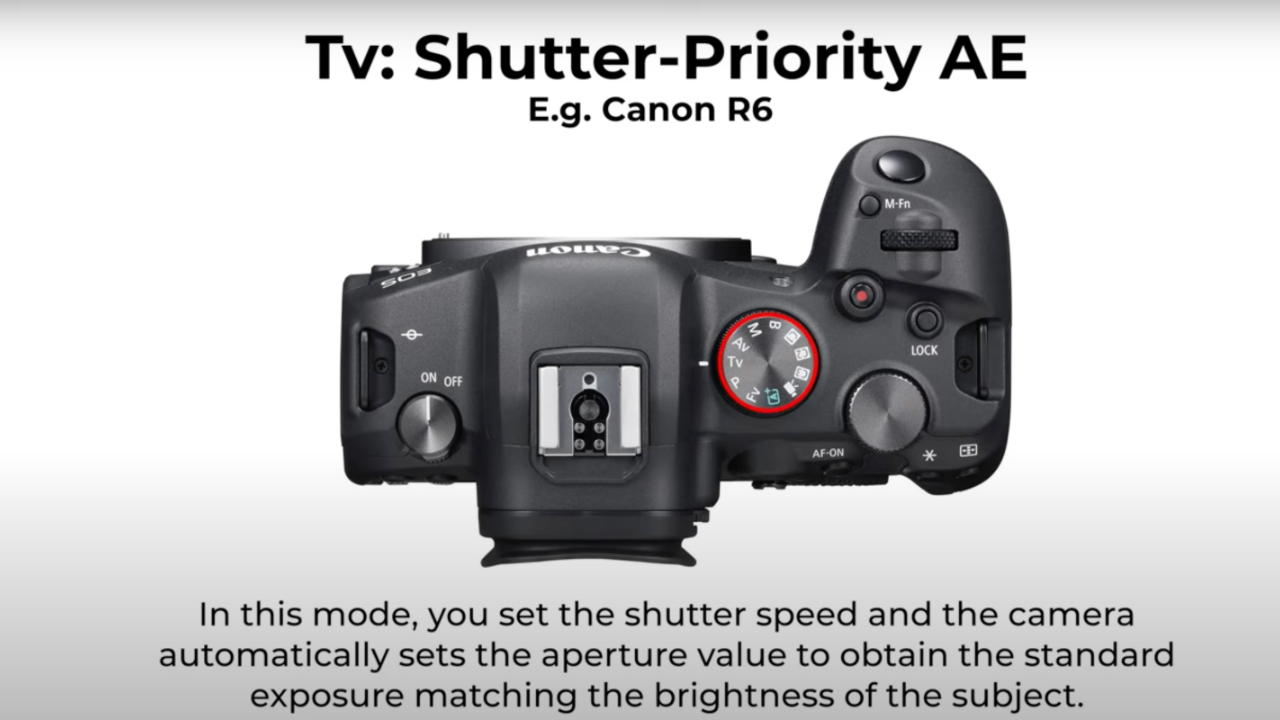African Wildlife Photography Made EASY with Canon EOS R1 + R5 Mark II

There’s something truly magical about being on an African safari, camera in hand, surrounded by nature’s most magnificent creatures. Recently, I embarked on an unforgettable journey through the Masai Mara and Amboseli National Park, where I captured breathtaking wildlife moments, navigated challenging lighting conditions, and truly put my photography gear to the test.
This experience has given me invaluable insights into the world of safari photography, and I’m thrilled to share my tips, techniques, and gear recommendations with you.

Gear for Wildlife Photography on Safari
When it comes to wildlife photography, having the right gear is essential. On this trip, I relied heavily on a few key pieces of equipment that made all the difference:
-
Canon RF 100-300mm f/2.8 Lens: This lens was my go-to for capturing wildlife action. The versatility of the zoom range, combined with the fast f/2.8 aperture, allowed me to shoot crisp, vibrant images even in low light.
-
1.4x Extender: For moments when I needed extra reach, like photographing a distant cheetah stalking its prey, the extender paired seamlessly with the 100-300mm lens.
-
Canon R1 Camera: This camera’s fast autofocus and ability to pre-shoot were game-changers for photographing fast-moving animals, such as birds in flight or a lion mid-pounce.
Additionally, my lightweight tripod and gimbal head ensured stability during long hours of shooting, while a sturdy camera bag protected my gear from the elements.

Tips for Capturing Stunning Wildlife Photos
-
Understand Animal Behavior: Before heading out, spend time learning about the animals you’ll encounter. Knowing when a lion is most likely to hunt or where elephants tend to gather can help you anticipate and prepare for the perfect shot.
-
Master Your Camera Settings: Safari photography often requires quick adjustments. Use shutter priority mode for action shots and ensure you’re familiar with your camera’s custom settings to switch seamlessly between scenarios.
-
Leverage Natural Light: Early mornings and late afternoons are the best times for safari photography. The soft, golden light adds depth and drama to your images.
-
Focus on Composition: Don’t just zoom in on the animal—incorporate the surrounding landscape to tell a story. A herd of elephants silhouetted against Mount Kilimanjaro creates a much more impactful image.
-
Be Patient: Wildlife photography often requires waiting for the right moment. A cheetah’s sprint or an elephant’s playful interaction is worth the wait.
Post-Processing for Wildlife Photography
The editing process is where your photos truly come to life. On this trip, I used Luminar Neo, an AI-powered editing tool, to enhance my images. Here’s how:
-
Sky Enhancements: Luminar Neo’s sky replacement tool added drama to overcast scenes, creating a sense of mood and atmosphere.
-
Detail Refinement: I sharpened key elements, like a lion’s piercing eyes or a bird’s feathers, to draw attention to the focal points.
-
Noise Reduction: Shooting in low light often introduced noise, which I minimized during post-processing to achieve cleaner images.


Unforgettable Safari Moments
Some moments from this trip will stay with me forever. Watching a lioness teach her cubs how to hunt at sunrise, capturing a herd of elephants crossing a river against the backdrop of Mount Kilimanjaro, and witnessing a cheetah’s lightning-fast chase were just a few of the highlights. These experiences reminded me why I fell in love with photography—it’s about preserving fleeting moments and sharing the beauty of the natural world.

Planning Your Own Safari Photography Adventure
If you’re considering a safari photography trip, here are a few final tips:
-
Pack Smart: Bring only the essentials to keep your gear lightweight and manageable.
-
Work with Local Guides: Their knowledge of the area and its wildlife will give you a significant advantage.
-
Stay Safe: Always follow park rules and maintain a respectful distance from the animals.
-
Practice Beforehand: Familiarize yourself with your gear and practice photographing moving subjects to prepare for the fast-paced safari environment.

Whether you’re a seasoned photographer or just starting out, an African safari offers endless opportunities to refine your craft and create stunning imagery. With the right gear, preparation, and patience, you’ll return home with not only beautiful photos but also unforgettable memories.

























